Creating a pet-friendly home doesn’t mean sacrificing your love for indoor greenery. For cat owners, choosing indoor plants safe for cats is essential to ensure your feline friends can roam freely without risk. Cats are curious creatures, often nibbling on leaves or batting at dangling foliage, so selecting non-toxic plants is a must.
Why Choose Cat-Safe Indoor Plants?
Cats love to explore their environment, and indoor plants can be tempting for a quick chew or playful swat. Unfortunately, some common houseplants, such as lilies and pothos, are toxic to cats and can cause serious health issues. By choosing indoor plants safe for cats, you create a worry-free space where your pets and plants can coexist harmoniously. These plants are non-toxic, meaning they won’t harm your cat if ingested, and many are also easy to care for or offer air-purifying benefits, making them ideal for any home.
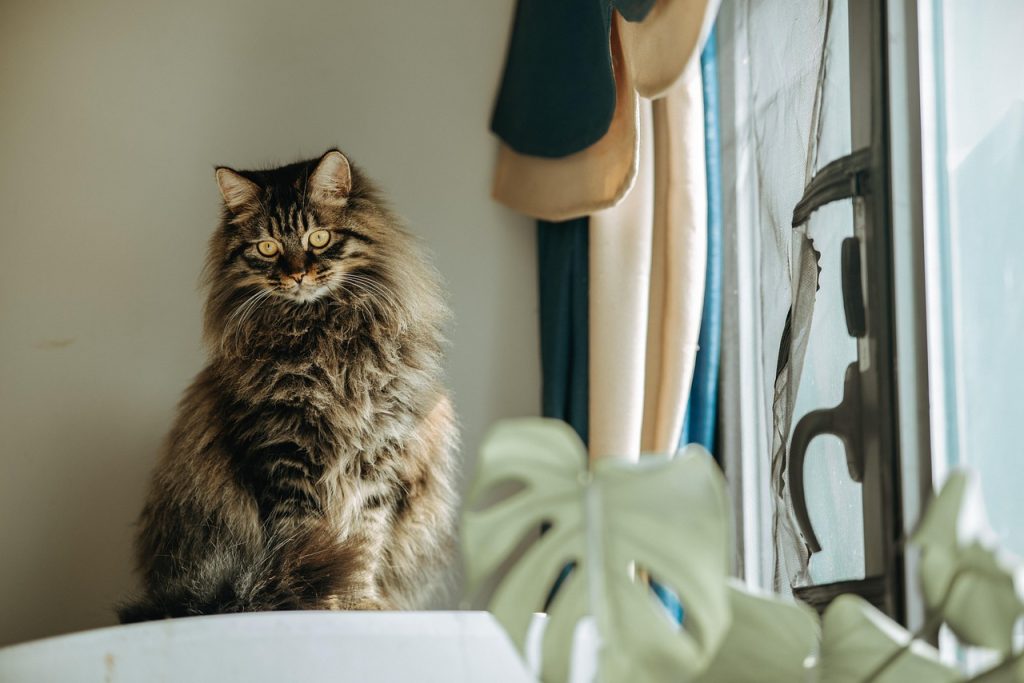
Top Indoor Plants Safe for Cats
Below is a curated list of indoor plants safe for cats, complete with descriptions, care tips, and notable features. Each plant is verified as non-toxic to cats based on resources like the ASPCA’s list of non-toxic plants.
1. Spider Plant (Chlorophytum comosum)
Spider plants are a favorite among pet owners for their safety and striking appearance. With long, arching green leaves striped with white, they add a vibrant touch to any room. These plants are also known for their air-purifying qualities, removing toxins like formaldehyde from the air.
- Care Tips:
- Light: Bright, indirect light; tolerates low light.
- Water: Water when the top inch of soil feels dry; avoid overwatering.
- Maintenance: Low; perfect for beginners.
- Cat Appeal: Cats may be drawn to the dangling “spiderettes” (baby plants), so consider placing them in hanging baskets.
- Bonus: Air-purifying and easy to propagate.
2. Boston Fern (Nephrolepis exaltata)
Boston ferns are lush, feathery plants that bring a tropical vibe indoors. Their soft, green fronds are safe for cats and add texture to your decor. They’re also excellent air purifiers, helping to humidify and clean indoor air.
- Care Tips:
- Light: Indirect or filtered light; avoid direct sun.
- Water: Keep soil consistently moist but not soggy.
- Maintenance: Moderate; requires regular misting to maintain humidity.
- Cat Appeal: Cats may enjoy batting at the fronds, so ensure the pot is stable.
- Bonus: Air-purifying and ideal for humid spaces like bathrooms.
3. Areca Palm (Dypsis lutescens)
The Areca palm, also known as the butterfly palm, is a cat-safe plant with graceful, feathery fronds that create a tropical oasis. It’s a top choice for air purification and adds elegance to larger spaces.
- Care Tips:
- Light: Bright, indirect light; tolerates some shade.
- Water: Water when the top inch of soil is dry; avoid overwatering.
- Maintenance: Moderate; dust fronds occasionally to keep them healthy.
- Cat Appeal: Cats may nibble on fronds, but they’re safe.
- Bonus: Air-purifying and pet-friendly for larger rooms.
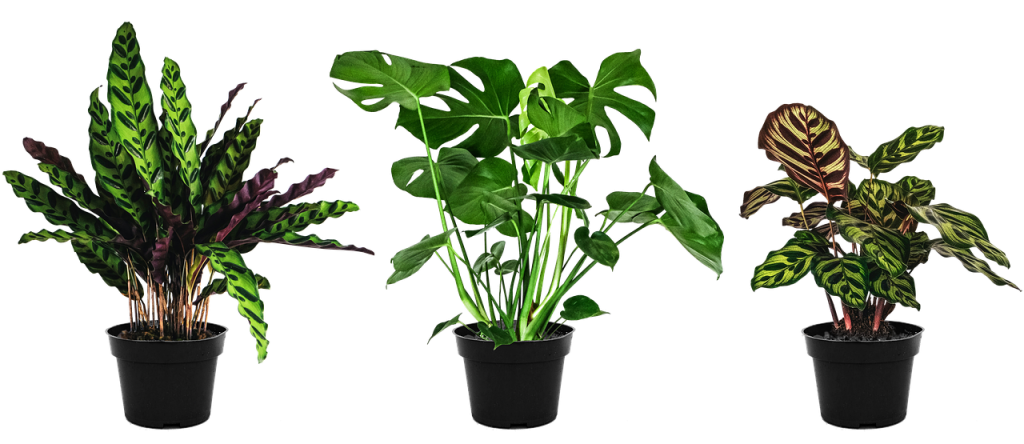
4. Calathea (Calathea spp.)
Calatheas are prized for their stunning, patterned leaves in shades of green, pink, and purple. Varieties like Calathea orbifolia or Calathea medallion are non-toxic to cats and add a pop of color to your home.
- Care Tips:
- Light: Low to medium indirect light.
- Water: Keep soil moist but not waterlogged; use distilled water if possible.
- Maintenance: Moderate; thrives in high humidity.
- Cat Appeal: The vibrant leaves may attract curious cats, but they’re harmless.
- Bonus: Pet-safe and visually striking.
5. African Violet (Saintpaulia)
African violets are compact plants with fuzzy leaves and delicate flowers in shades of purple, pink, or white. They’re perfect for small spaces and safe for cats to be around.
- Care Tips:
- Light: Bright, indirect light; a north-facing window is ideal.
- Water: Water from the bottom to avoid wetting leaves; keep soil moist.
- Maintenance: Moderate; avoid cold drafts.
- Cat Appeal: Cats may be curious about the fuzzy leaves, but they’re non-toxic.
- Bonus: Compact and blooms year-round with proper care.
6. Parlor Palm (Chamaedorea elegans)
The parlor palm is a petite, slow-growing palm that’s safe for cats and easy to maintain. Its soft, green fronds add a touch of elegance to any room.
- Care Tips:
- Light: Low to moderate indirect light.
- Water: Water when the top inch of soil is dry.
- Maintenance: Low; ideal for beginners.
- Cat Appeal: Cats may chew on fronds, but they’re safe.
- Bonus: Low-maintenance and thrives in low light.
7. Peperomia (Peperomia spp.)
Peperomias come in various shapes and sizes, with thick, waxy leaves that are safe for cats. Popular varieties include Peperomia obtusifolia (baby rubber plant) and Peperomia caperata.
- Care Tips:
- Light: Bright, indirect light; tolerates low light.
- Water: Allow soil to dry out between waterings.
- Maintenance: Low; great for small spaces.
- Cat Appeal: The textured leaves may intrigue cats, but they’re non-toxic.
- Bonus: Compact and easy to care for.
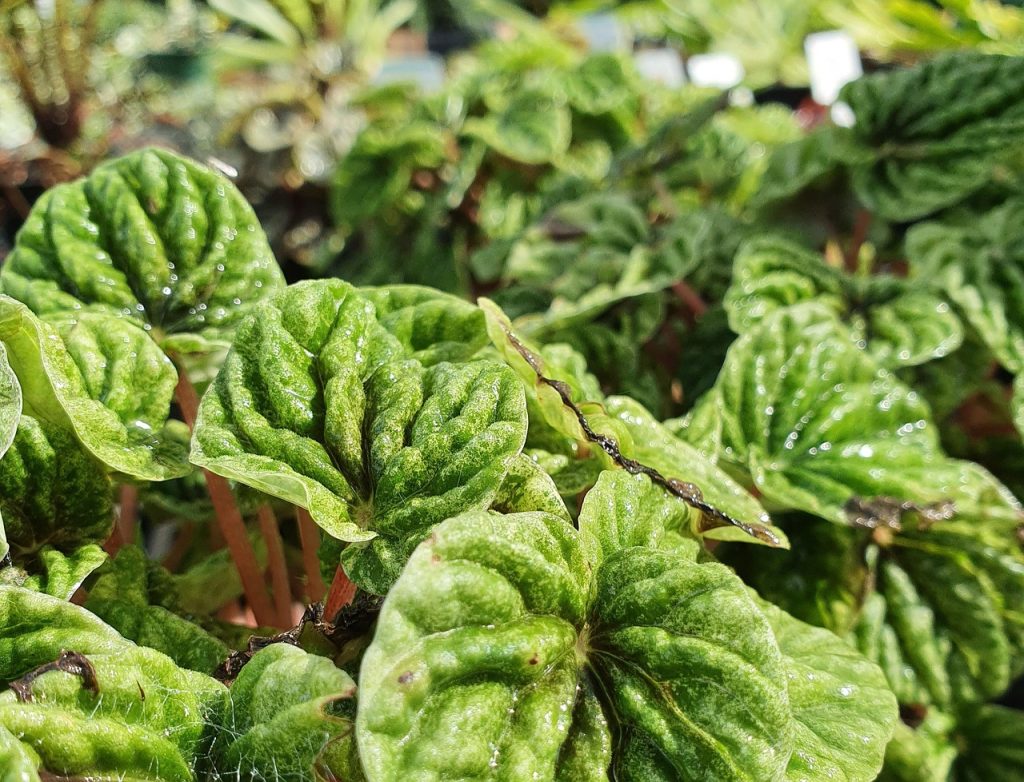
8. Rattlesnake Plant (Calathea lancifolia)
The rattlesnake plant is a cat-safe Calathea variety with long, wavy leaves featuring dark green spots and purple undersides. It’s a statement piece for any plant lover.
- Care Tips:
- Light: Low to medium indirect light.
- Water: Keep soil consistently moist; use filtered water.
- Maintenance: Moderate; prefers high humidity.
- Cat Appeal: Cats may be drawn to the moving leaves (they close at night).
- Bonus: Visually unique and pet-safe.
9. Moneywort (Bacopa monnieri)
Also known as water hyssop, moneywort is a lesser-known cat-safe plant with small, green leaves and delicate white flowers. It’s often used in aquariums but works well as a potted indoor plant.
- Care Tips:
- Light: Bright, indirect light.
- Water: Keep soil moist; thrives in humid conditions.
- Maintenance: Moderate; trim to maintain shape.
- Cat Appeal: Cats may nibble on the soft leaves, but they’re safe.
- Bonus: Unique and adaptable to humid environments.
10. Cast Iron Plant (Aspidistra elatior)
True to its name, the cast iron plant is incredibly hardy and safe for cats. Its dark green, lance-shaped leaves are perfect for low-light corners.
- Care Tips:
- Light: Low to moderate indirect light.
- Water: Water sparingly; allow soil to dry out between waterings.
- Maintenance: Very low; ideal for beginners.
- Cat Appeal: Cats may chew on the tough leaves, but they’re non-toxic.
- Bonus: Extremely low-maintenance and durable.
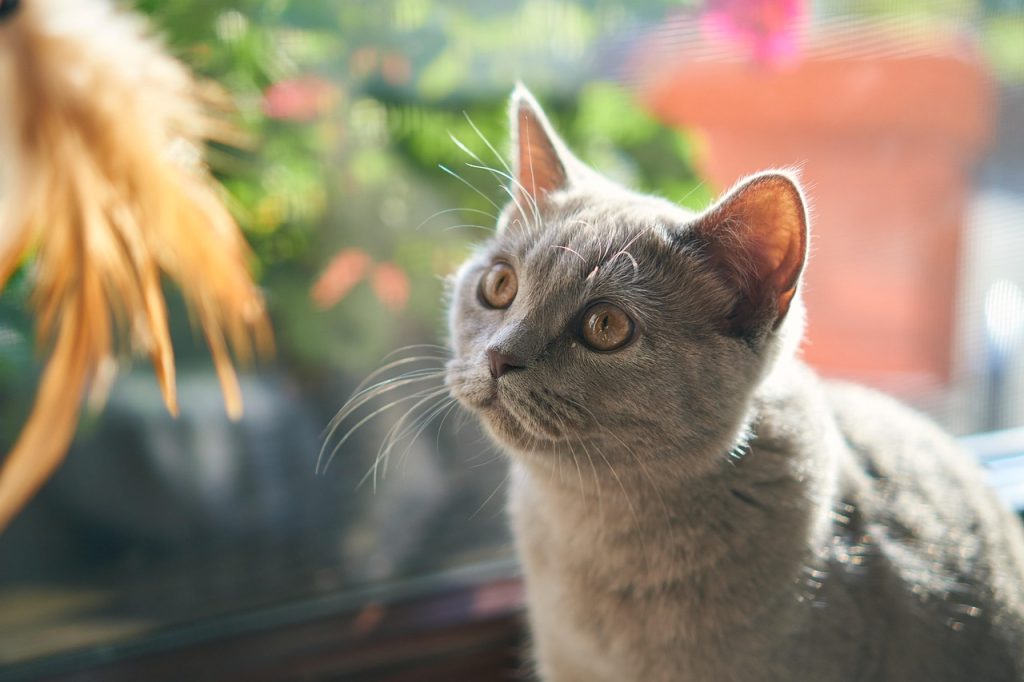
Table: Quick Comparison of Cat-Safe Indoor Plants
| Plant Name | Light Requirements | Water Needs | Maintenance Level | Air-Purifying? | Cat Appeal |
|---|---|---|---|---|---|
| Spider Plant | Bright, indirect; low | Moderate | Low | Yes | Dangling spiderettes |
| Boston Fern | Indirect, filtered | Moist | Moderate | Yes | Feathery fronds |
| Areca Palm | Bright, indirect | Moderate | Moderate | Yes | Fronds |
| Calathea | Low to medium indirect | Moist | Moderate | No | Patterned leaves |
| African Violet | Bright, indirect | Moist | Moderate | No | Fuzzy leaves |
| Parlor Palm | Low to moderate indirect | Moderate | Low | No | Soft fronds |
| Peperomia | Bright, indirect; low | Dry between | Low | No | Textured leaves |
| Rattlesnake Plant | Low to medium indirect | Moist | Moderate | No | Moving leaves |
| Moneywort | Bright, indirect | Moist | Moderate | No | Soft leaves |
| Cast Iron Plant | Low to moderate indirect | Dry between | Very low | No | Tough leaves |
Read More: Top Tall Indoor Plants to Transform
Tips for Incorporating Cat-Safe Plants into Your Home
To make the most of your indoor plants safe for cats, consider these tips to keep both your plants and pets happy:
- Placement: Use hanging baskets or high shelves for plants like spider plants to prevent cats from knocking them over.
- Pot Stability: Choose heavy or wide-based pots for plants like Boston ferns to avoid tipping.
- Distraction: Provide cat grass or catnip to divert your cat’s attention from your houseplants.
- Monitoring: Even non-toxic plants can cause mild stomach upset if eaten in large quantities, so observe your cat’s behavior.
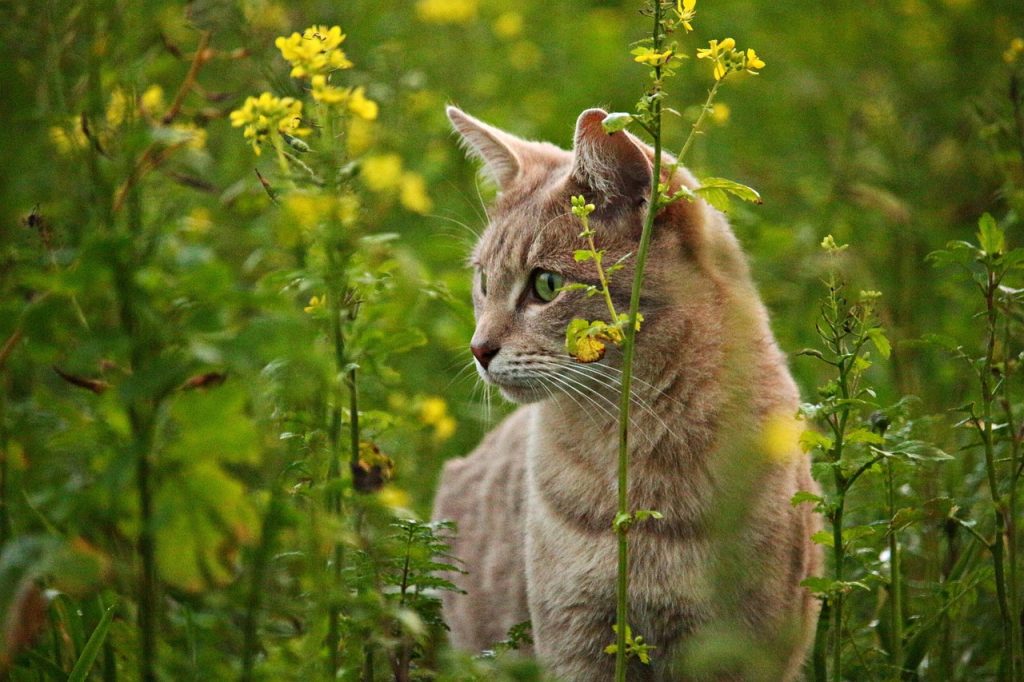
FAQ: Indoor Plants Safe for Cats
Not all ferns are safe. Boston ferns are non-toxic, but others, like the asparagus fern, can be harmful. Always check the ASPCA’s list for specific fern varieties.
Yes, spider plants are non-toxic to cats. However, eating large amounts may cause mild digestive upset. Keep them out of reach if your cat is a heavy chewer.
Cast iron plants, parlor palms, and some Peperomia varieties thrive in low light and are safe for cats.
Some air-purifying plants, like spider plants, Boston ferns, and Areca palms, are safe for cats. Always verify with a reliable source like the ASPCA.
Offer cat-safe alternatives like cat grass, use deterrents like citrus scents, or place plants in hard-to-reach areas like hanging baskets.
Conclusion
Choosing indoor plants safe for cats allows you to enjoy the beauty of houseplants without worrying about your feline friends. From the low-maintenance cast iron plant to the air-purifying spider plant, there’s a cat-safe option for every home and skill level. By incorporating these non-toxic plants, you can create a pet-friendly, green oasis that enhances your space and keeps your cats safe. Happy planting!